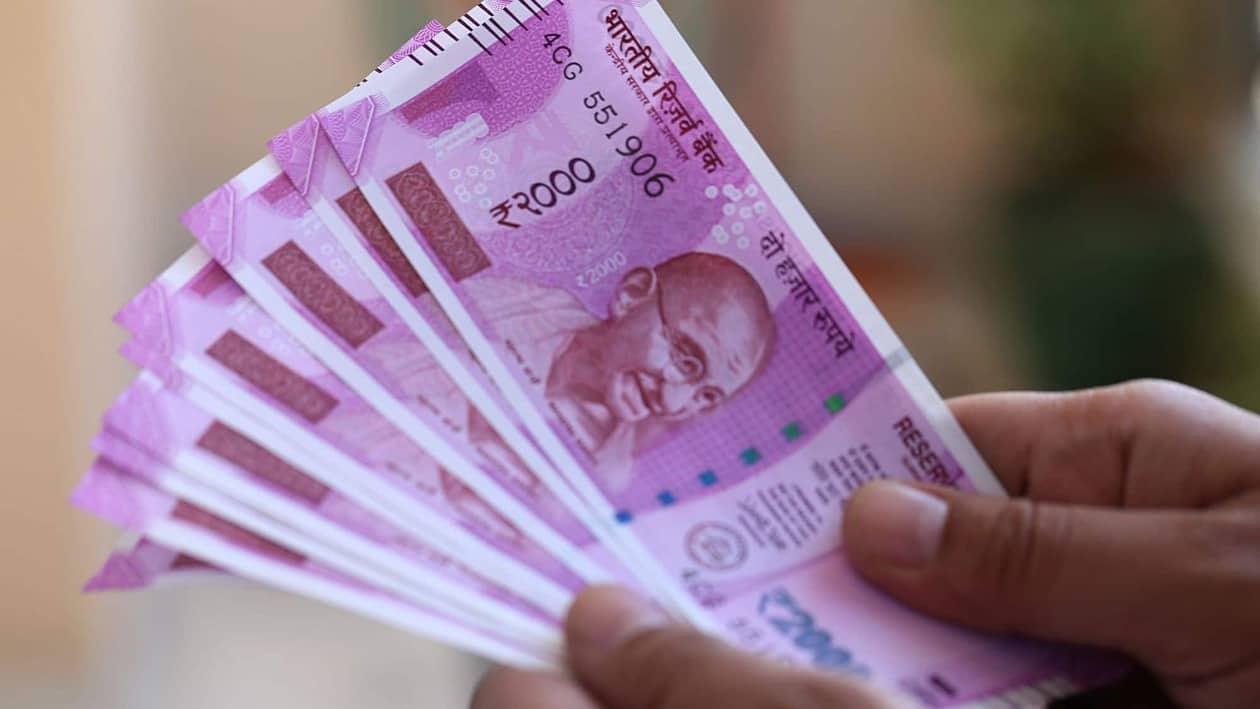The currency in circulation (CIC) fell in the first half of this financial year and this is the first time this has happened in H1 in at least a decade, Business Standard reported.
The CIC on March 31, 2023, was around 33.78 trillion, which fell to around 33.01 trillion on September 22 — a difference of about ~76,658 crore. In the first half of the last two financial years, the CIC went up by ~33,357 crore in FY23 and ~84,978 crore in FY22. In FY21, the Covid year, it was up ~2.43 trillion during April-September.
This financial year it is down mainly because of the withdrawal of ~2000 bank notes, announced on May 19. According to the latest data released by the Reserve Bank of India (RBI), ~2000 notes worth ~3.46 trillion have been returned, and that is 96 per cent of the ~3.56 trillion of the ~2000 notes in circulation till May 19.
This means while the RBI pumped in ~2.69 trillion during April-September, the CIC fell because the amount pumped in was lower than what went out.
Of the ~2000 bank notes returned, only 13 per cent was exchanged and the rest remained deposited in bank accounts. Those notes then went to the RBI’s vault.
“Having deposited ~2000 notes in banks, people have withdrawn much lower amounts. This is because one does not depend on cash for transactions like before. The rise in digital transactions has ensured that despite the withdrawal there was not any significant impact on the economy,” said a source in the central bank.
Gaura Sengupta, economist with IDFC First Bank, said: “Based on past RBI updates, usually 87 per cent of the ~2000 notes was deposited and the rest exchanged. It’s the deposited portion that is the effective reduction in the currency in circulation. The actual reduction in currency in circulation is much lower, which indicates that individuals are withdrawing cash after depositing ~2000 notes. Hence, on a net basis the reduction in currency in circulation is much lower.”
“A possible implication is that the currency leakage (increase in the currency in circulation) in H2FY24 could be higher as a proportion of the ~2000 notes deposited are withdrawn,” she said.
Due to the rise in digital transactions, the growth of the currency in circulation has fallen in recent years. In fact, CIC growth was in single digits in FY23 and FY22, in contrast with the previous years.
“Another factor limiting currency leakage (increase in currency in circulation) after Covid-19 is the increasing prominence of electronic payments. Indeed, in H1FY24, electronic payment transactions are nearly six times what they used to be in H1FY20 (pre-Covid-19),” Sengupta added.
